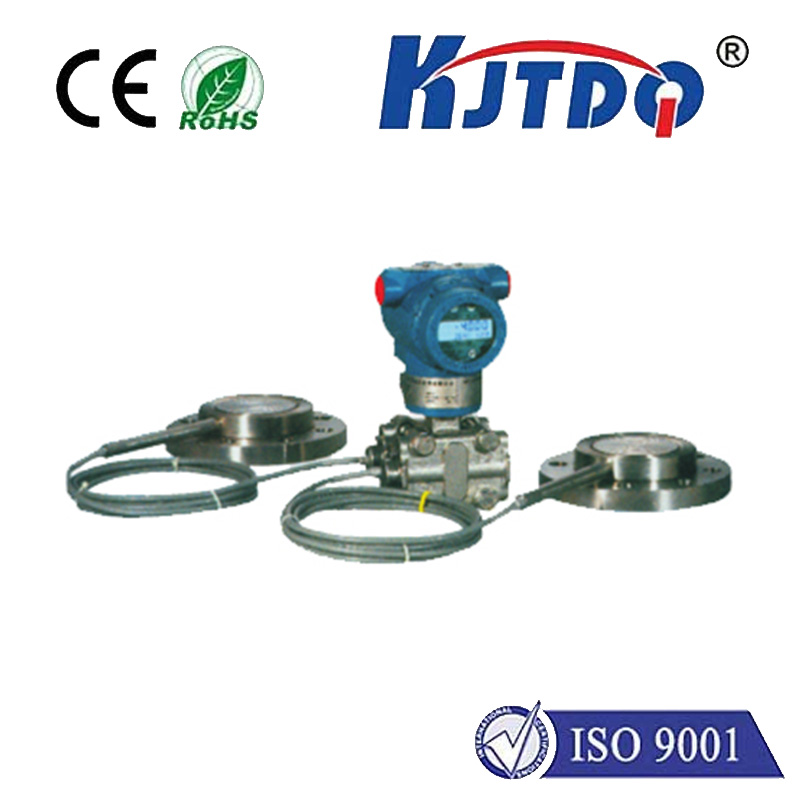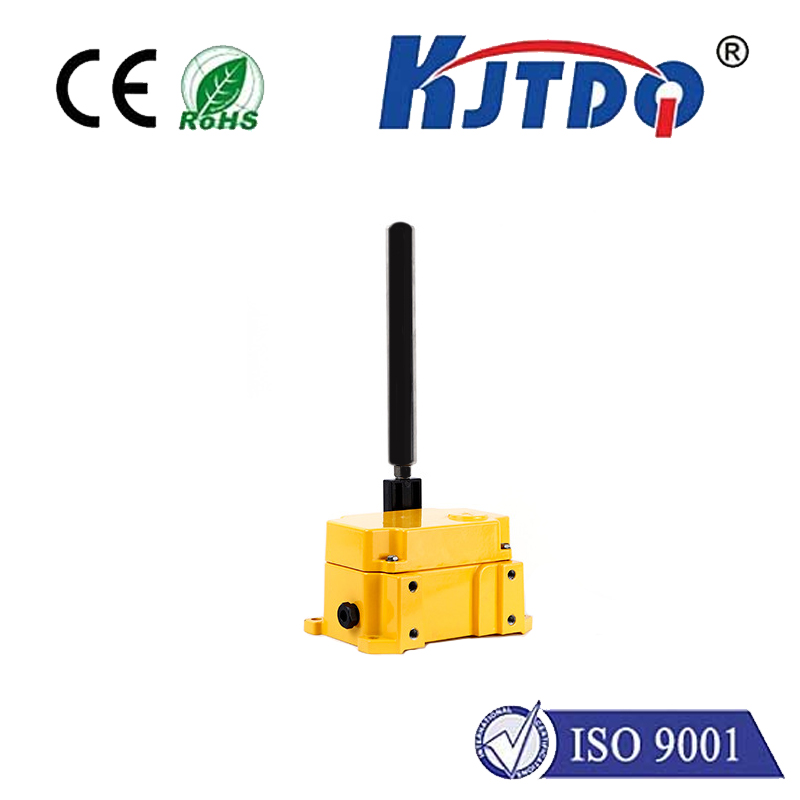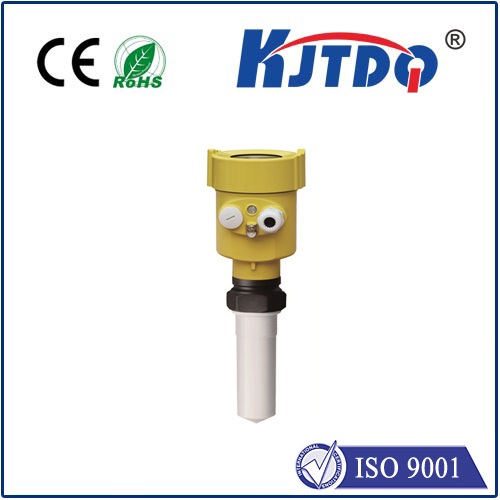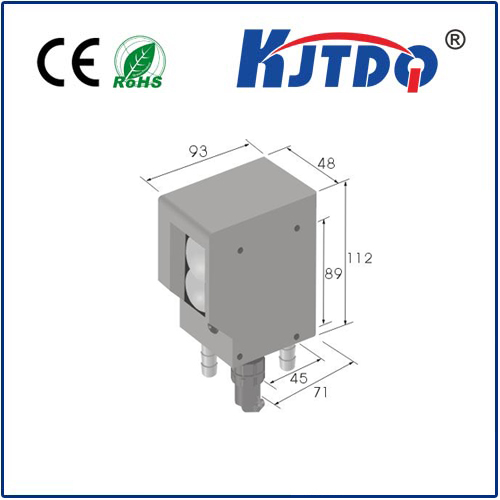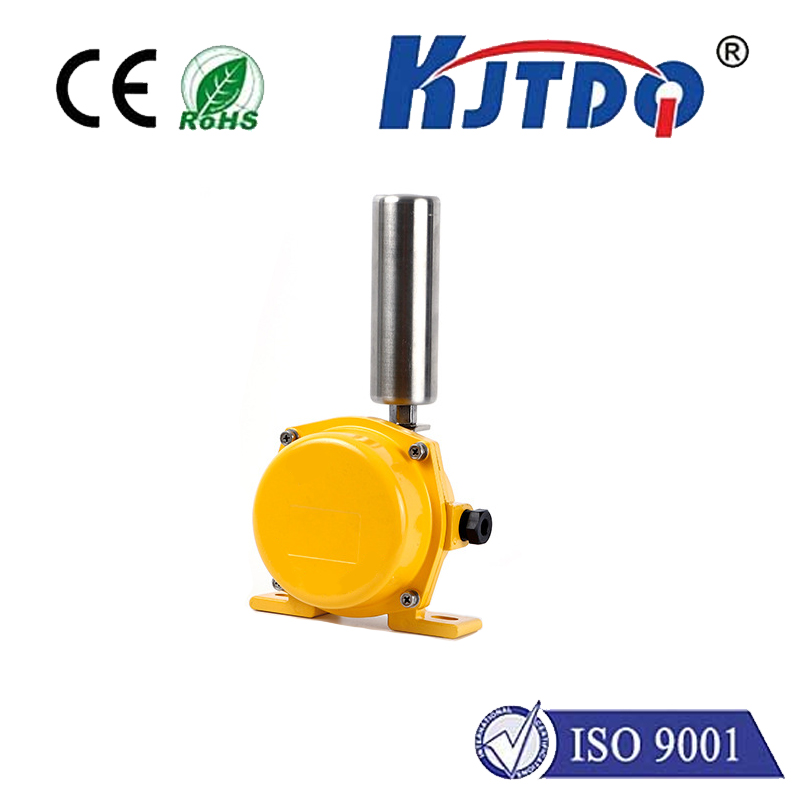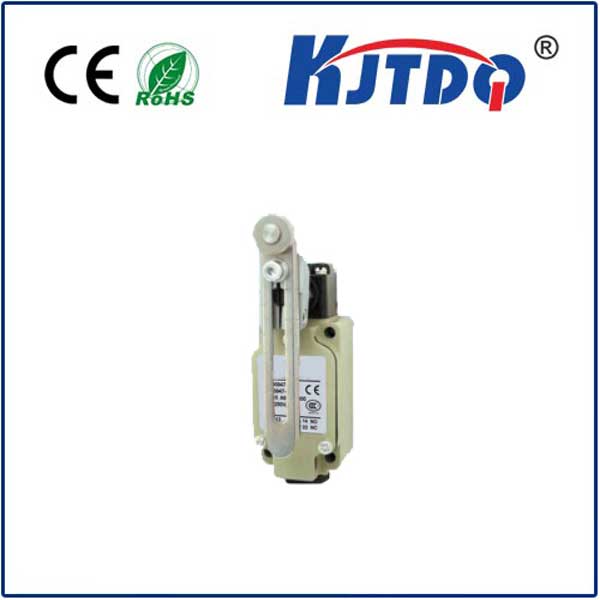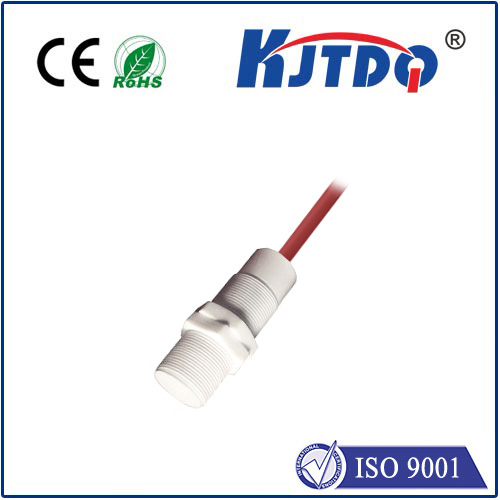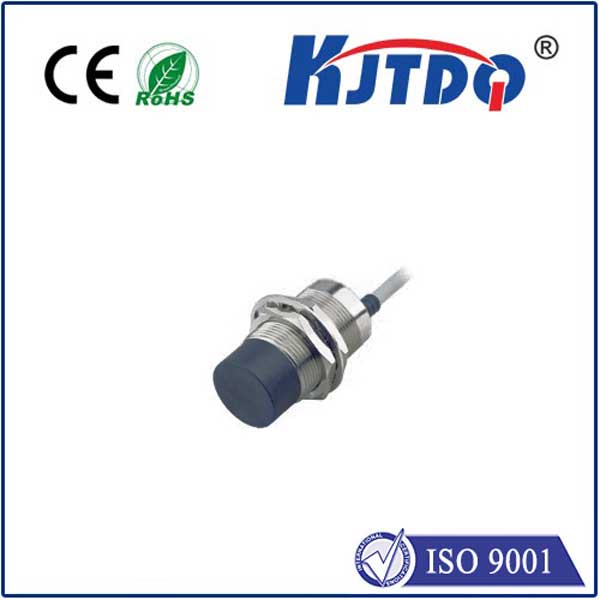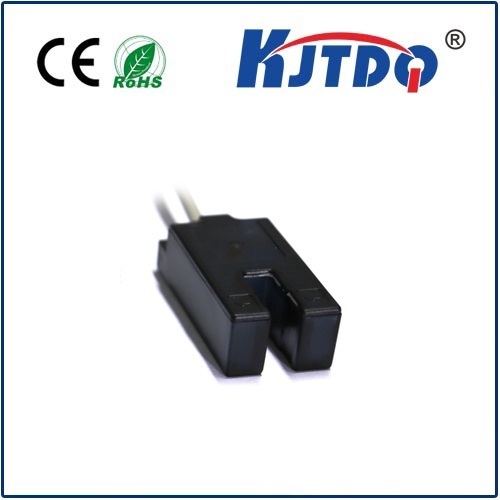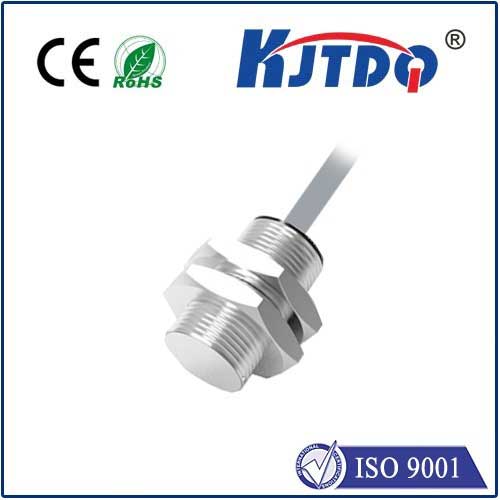thermal temperature sensor
- time:2025-08-25 01:32:31
- Нажмите:0
Unlocking Precision: How Thermal Temperature Sensors Revolutionize Heat Measurement
Temperature silently governs countless processes, from the whirring efficiency of an engine to the delicate balance within a biological cell. Accurately measuring this invisible force is paramount, and that’s where thermal temperature sensors emerge as a powerful, often non-contact, solution. These specialized devices focus on capturing heat energy directly through the infrared radiation naturally emitted by all objects, offering unique advantages in a wide array of demanding applications.
Beyond the Thermometer: Grasping the Core Principle
At its essence, a thermal temperature sensor operates on a fundamental principle: all objects with a temperature above absolute zero emit infrared (IR) radiation. The intensity and spectral distribution of this radiation are directly governed by the object’s temperature, as described by the Stefan-Boltzmann Law and Planck’s Law. Unlike contact sensors (like thermocouples or RTDs) which measure their own temperature change after touching the target, thermal sensors are primarily non-contact. They detect this emitted IR energy from a distance, translating it into an electrical signal proportional to the target’s surface temperature. This key distinction unlocks capabilities impossible for traditional methods.
How They “See” the Heat: Inside the Technology
While the term encompasses various technologies, two dominant types power most modern thermal temperature sensors:

- Thermopile Sensors: These rely on the thermoelectric effect. Multiple thermocouple junctions (thermopile) are arranged to absorb incoming IR radiation. The absorbed heat creates a temperature gradient across the junctions, generating a small voltage signal directly proportional to the intensity of the radiation, and thus, the target temperature. Thermopile sensors are robust, relatively inexpensive, and widely used in applications like industrial monitoring, consumer appliances (e.g., smart thermostats, ear thermometers), and automotive systems.
- Pyroelectric Sensors: These utilize materials that generate a temporary electrical charge when exposed to changes in temperature (specifically, the rate of change). Pyroelectric sensors excel at detecting motion or rapid temperature shifts rather than providing a continuous, absolute temperature reading. This makes them ideal for presence detection (security systems, automatic lighting), flame detection, and certain types of gas analysis where modulation or change is key.
Where Thermal Sensors Truly Excel: Key Applications
The unique strengths of non-contact thermal measurement make these sensors indispensable in numerous scenarios:
- Non-Invasive Monitoring: Measuring moving objects (conveyor belts, rotating machinery), hazardous materials (high voltage lines, molten metal), sterile environments (medical equipment, food production), or delicate surfaces (paper, thin films, electronics) without any physical interaction is a game-changer. This prevents contamination, avoids mechanical wear, and enables measurements where contact is impossible.
- High-Speed Processes: Thermal sensors respond incredibly quickly, capturing rapid temperature fluctuations in milliseconds. This is critical for monitoring machinery health, process control in manufacturing (like glass or semiconductor production), and research applications.
- Large Area or Average Temperature: Easily determining the average temperature across a surface area (like a furnace wall, a building facade for heat loss detection, or a circuit board) is straightforward, providing valuable insights difficult to obtain with single-point contact sensors.
- Medical Diagnostics: Infrared thermometers (a common consumer form of thermal sensor) provide rapid, hygienic screening of body temperature. More advanced thermal imaging systems (built on arrays of thermal sensors) are used clinically for detecting inflammation, circulatory issues, and even certain cancers.
- Automotive Efficiency: Monitoring engine block temperature, exhaust systems, brakes, battery packs (especially in EVs), and cabin climate control relies heavily on the speed and robustness of thermal sensing technology.
- Building Automation & Energy Auditing: Pinpointing heat loss areas in buildings, monitoring HVAC performance, and optimizing energy consumption are efficiently done using portable or fixed thermal cameras and sensors.
- Fault Detection & Predictive Maintenance: Identifying overheating components in electrical panels, motors, bearings, or electronic circuits long before catastrophic failure occurs saves significant time and money. The ability to scan large areas quickly makes thermal sensors perfect for preventive maintenance.
The Core Advantages: Why Choose Thermal?
Choosing a thermal temperature sensor often hinges on several compelling benefits:
- Non-Contact Operation: The most significant advantage, enabling safe, hygienic, and non-destructive measurement of surfaces that are moving, dangerous, fragile, or inaccessible.
- Speed of Response: Reaction times are typically milliseconds, far outpacing most contact sensors, which is crucial for dynamic processes or fast diagnostics.
- Long-Term Stability: With no physical contact causing wear or contamination, thermal sensors often exhibit excellent long-term stability and require less frequent recalibration compared to some contact types.
- Durability in Harsh Environments: Many thermal sensors, particularly thermopiles, are built with robust materials and can withstand challenging conditions like high ambient temperatures, vibration, and corrosive atmospheres better than delicate contact probes.
- Ease of Installation & Use: Non-contact nature simplifies installation significantly – often just pointing the sensor at the target suffices. This ease of use translates to portability and flexibility.
Important Considerations: Accuracy and Limitations
While powerful, thermal sensors are not a universal replacement for all temperature measurement. Key considerations include:
- Emissivity Dependency: The accuracy of a thermal sensor depends critically on knowing the target’s emissivity – its efficiency in emitting IR radiation compared to a perfect “black body.” Shiny or reflective surfaces (low emissivity) can give false low readings if not compensated for. Many modern sensors offer adjustable emissivity settings or algorithms to help mitigate this.
- Measuring Surface Temperature Only: They measure the surface temperature radiating IR, not the internal or core temperature of an object.
- Environmental Interference: Dust, steam, smoke, rain, or strong ambient IR sources can interfere with the signal path and impact accuracy. Protective windows and specific optical designs help counter this.
- Cost vs. Resolution: High-resolution thermal imaging cameras (with many pixel sensors) can be expensive. Single-point thermal sensors are usually cost-effective but provide only one spot measurement.
The Future of Thermal Sensing: Smart, Integrated, Accessible
The evolution of thermal temperature sensor technology is vibrant. We’re seeing significant trends towards miniaturization, lower costs, and enhanced integration. Microbolometer technology, another type of thermal detector, is driving down the cost and size of thermal imaging cores for consumer and industrial use. Integration with IoT platforms and AI-powered analytics is enabling smarter condition monitoring, predictive maintenance, and energy optimization systems. Advances in materials science promise even greater sensitivity, speed, and resilience.
From ensuring our factories operate safely and efficiently to safeguarding our health and optimizing our energy footprint, thermal temperature sensors provide an indispensable, non-contact perspective on the thermal world. Their unique ability to capture the unseen energy of heat radiation translates into actionable data, driving innovation and precision across countless fields. Understanding their principles, strengths, and limitations is key to leveraging their revolutionary potential effectively.

